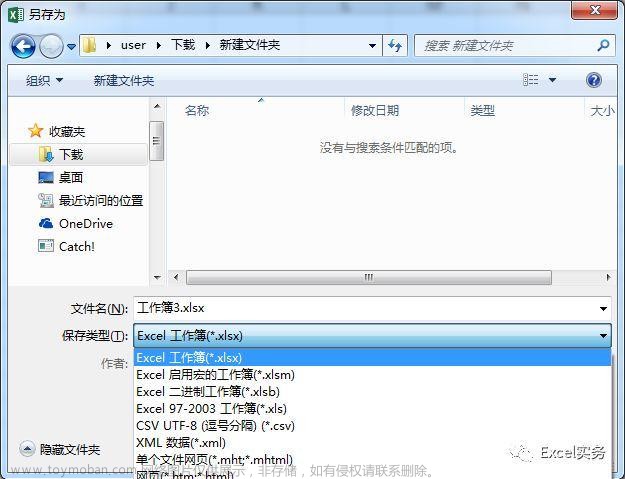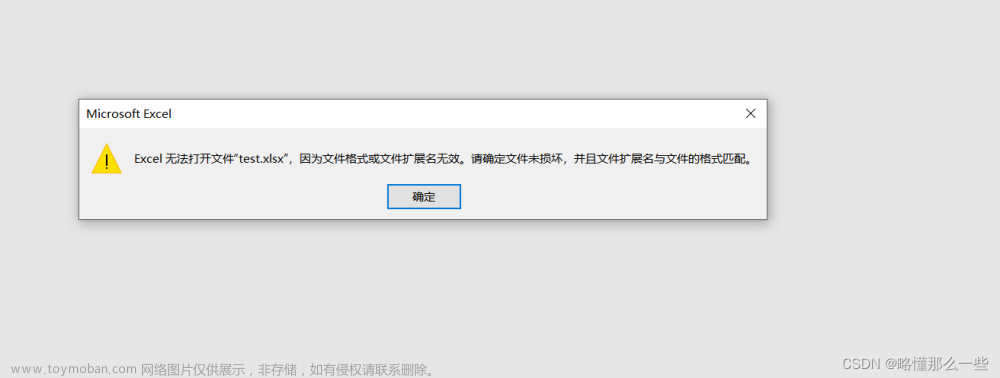package com.yc.cloud.excel.util; import lombok.extern.slf4j.Slf4j; import org.apache.poi.hssf.usermodel.*; import org.apache.poi.ss.usermodel.DateUtil; import org.apache.poi.ss.util.CellRangeAddress; import org.apache.poi.xssf.usermodel.*; import java.io.InputStream; import java.io.OutputStream; import java.util.List; @Slf4j public class ExcelFmtConvert { /** * Excel格式从xls转换成xlsx格式 * * @param xlsInputStream xls格式的输入流 * @param xlsxOutputStream xlsx格式的输出流 */ public static void convertXlsToXlsxByStream(InputStream xlsInputStream, OutputStream xlsxOutputStream) { try { HSSFWorkbook oldWorkbook = new HSSFWorkbook(xlsInputStream); XSSFWorkbook newWorkbook = new XSSFWorkbook(); for (int i = 0; i < oldWorkbook.getNumberOfSheets(); i++) { HSSFSheet oldSheet = oldWorkbook.getSheetAt(i); XSSFSheet newSheet = newWorkbook.createSheet(oldSheet.getSheetName()); // 遍历行,创建行 for (int j = 0; j <= oldSheet.getLastRowNum(); j++) { HSSFRow oldRow = oldSheet.getRow(j); XSSFRow newRow = newSheet.createRow(j); if (oldRow != null) { // 复制行高 newRow.setHeight(oldRow.getHeight()); //遍历列,复制单元格 for (int k = 0; k < oldRow.getLastCellNum(); k++) { HSSFCell oldCell = oldRow.getCell(k); XSSFCell newCell = newRow.createCell(k); if (oldCell != null) { try { setCellValue(newCell, oldCell); copyCellStyle(newWorkbook, newCell, oldWorkbook, oldCell); } catch (Exception ex) { log.warn("单元格拷贝异常:", ex); } } } } } // 复制单元格合并信息 List<CellRangeAddress> mergedRegions = oldSheet.getMergedRegions(); for (CellRangeAddress mergedRegion : mergedRegions) { CellRangeAddress targetMergedRegion = new CellRangeAddress( mergedRegion.getFirstRow(), mergedRegion.getLastRow(), mergedRegion.getFirstColumn(), mergedRegion.getLastColumn() ); newSheet.addMergedRegion(targetMergedRegion); } // 复制列宽 int columnCount = 0; if (newSheet.getRow(0) != null) { // 假设第一行包含所有列,根据第一行的列数获取列数 columnCount = newSheet.getRow(0).getLastCellNum(); } for (int columnIndex = 0; columnIndex < columnCount; columnIndex++) { newSheet.setColumnWidth(columnIndex, oldSheet.getColumnWidth(columnIndex)); } } newWorkbook.write(xlsxOutputStream); oldWorkbook.close(); newWorkbook.close(); } catch (Exception e) { log.error("excel格式转换(xls->xlsx)异常:", e); } } private static void setCellValue(XSSFCell newCell, HSSFCell oldCell) { if (oldCell == null) { return; } switch (oldCell.getCellType()) { case STRING: newCell.setCellValue(oldCell.getStringCellValue()); break; case NUMERIC: if (DateUtil.isCellDateFormatted(oldCell)) { newCell.setCellValue(oldCell.getDateCellValue()); } else { newCell.setCellValue(oldCell.getNumericCellValue()); } break; case BOOLEAN: newCell.setCellValue(oldCell.getBooleanCellValue()); break; case FORMULA: newCell.setCellValue(oldCell.getCellFormula()); break; default: } } private static void copyCellStyle(XSSFWorkbook xssfWorkbook, XSSFCell newCell, HSSFWorkbook hssfWorkbook, HSSFCell oldCell) { HSSFCellStyle oldCellStyle = oldCell.getCellStyle(); // 创建一个XSSFCellStyle(新Excel格式) XSSFCellStyle newCellStyle = xssfWorkbook.createCellStyle(); // 复制对齐方式 newCellStyle.setAlignment(oldCellStyle.getAlignment()); newCellStyle.setVerticalAlignment(oldCellStyle.getVerticalAlignment()); // 复制字体属性 XSSFFont newFont = xssfWorkbook.createFont(); HSSFFont oldFont = oldCellStyle.getFont(hssfWorkbook); newFont.setFontName(oldFont.getFontName()); newFont.setFontHeightInPoints(oldFont.getFontHeightInPoints()); newFont.setColor(oldFont.getColor()); newCellStyle.setFont(newFont); // 复制填充颜色 newCellStyle.setFillPattern(oldCellStyle.getFillPattern()); newCellStyle.setFillForegroundColor(oldCellStyle.getFillForegroundColor()); newCellStyle.setFillBackgroundColor(oldCellStyle.getFillBackgroundColor()); // 复制数据格式 newCellStyle.setDataFormat(oldCellStyle.getDataFormat()); newCell.setCellStyle(newCellStyle); } }
文章来源地址https://www.toymoban.com/news/detail-688073.html文章来源:https://www.toymoban.com/news/detail-688073.html
到了这里,关于用poi把xls格式转换成xlsx格式的文章就介绍完了。如果您还想了解更多内容,请在右上角搜索TOY模板网以前的文章或继续浏览下面的相关文章,希望大家以后多多支持TOY模板网!










